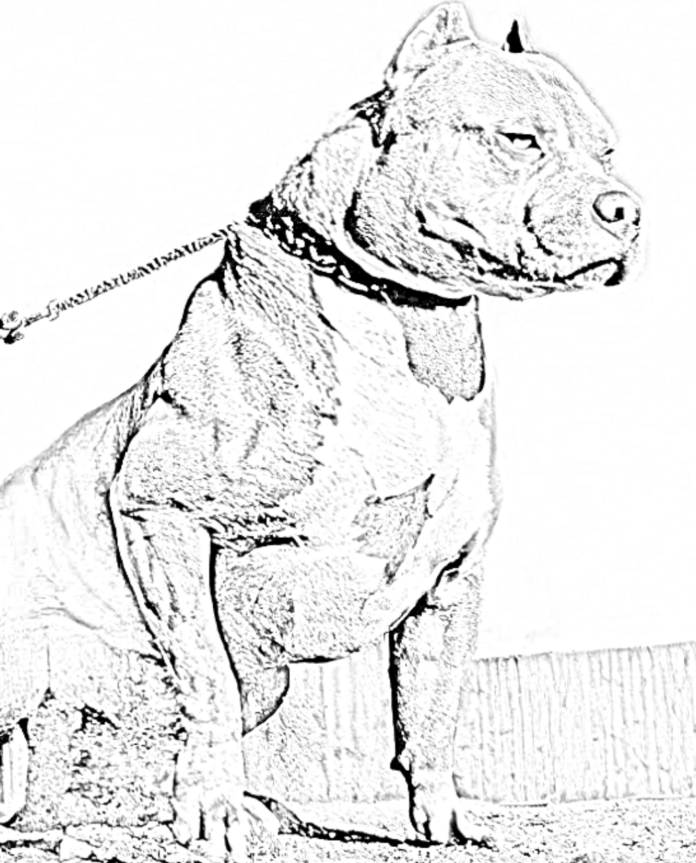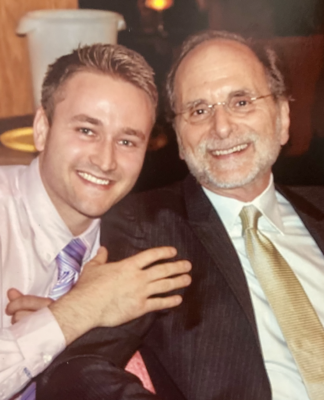I recently found a recorded conversation I had with Marvin Skorman about the head-on collision and the importance of not addressing superego resistance without the patient’s collaboration. We were looking at one of my sessions where I had “mobilized superego resistance” but without the conscious and unconscious will to balance it out.
Marvin: What you’re doing is mobilizing the superego, which Davanloo said not to do. The way he described it was not to rouse the sleeping dog of the superego. He talked about being in a hotel somewhere and on the same floor was the Russian ambassador. And the ambassador had these big guard dogs and Davanloo would walk by very gingerly and quietly because they looked really threatening, and he would talk about how that’s like the superego. You don’t want to rouse the sleeping dog. This is actually an example that he used. And that’s what you were doing here. The superego has reared its ugly head, but he isn’t there to confront it with you.
We spoke about how I was in the shoes of a parental figure, and how to get out of those shoes. I then asked Marvin to elaborate on his previous point.
Marvin: Davanloo would say, if you’re battling the superego on your own, then you’re not going to succeed. That’s why he spent so much time on head on collisions. Sometimes his head on collisions could go for like 10 or 15 minutes at a time. One long head on collision. Over and over, saying, “Do you see what I mean?” No pressure to feeling, just carefully going over the situation and what was at stake. ‘It’s important that you look at this.’ And he wouldn’t let the patient interrupt. Because that would be the superego trying to disrupt the head on collision. ‘It’s important that you look at this. Do you see what I mean?’ And then he would repeat it again. ‘It’s important that you look at this. Do you see what I mean?’
I asked Marvin if this was to solidify the partnership and to facilitate the patient turning against the resistance.
Marvin: Yeah. And then you’re together against the superego. The head-on collision is mobilizing in its own right, but typically before you can go for more mobilization you need to ensure you have a collaborator. Once you have that you can ramp up and intensify the rise of the complex transference feelings, but if you go for major mobilization before the patient has really bought in and before the will is really solid and online, it will be you battling the resistance on your own, and you will lose.
I asked Marvin how we can mobilize the complex transference feelings without rousing the ugly dogs of the superego.
Marvin: I mean you do, but you do it in a context where it’s not going to take over the session. In other words, those sleeping dogs, have they been roused? You would have no way of dealing with it, they are big guard dogs. So you want to do it in the context of also mobilizing the unconscious therapeutic alliance so that there’s some balance. You don’t want to just go in and start provoking people. Major mobilization needs to happen in the context of a strong conscious and unconscious alliance so there is a counter-balance to the superego. The head-on collision is often the surest way to get that in place, that’s why Davanloo emphasized them so much. At least when I trained with him. But otherwise the therapist is going up against the superego alone trying to drag the patient through the central dynamic sequence. If the therapist confronts the superego alone, the therapist always loses. That’s a recipe for disaster.


 I have a passion for practicing ISTDP informed psychotherapy and I enjoy writing about it. For more information and what I do, visit my website: www.johanneskieding.com
I have a passion for practicing ISTDP informed psychotherapy and I enjoy writing about it. For more information and what I do, visit my website: www.johanneskieding.com

















